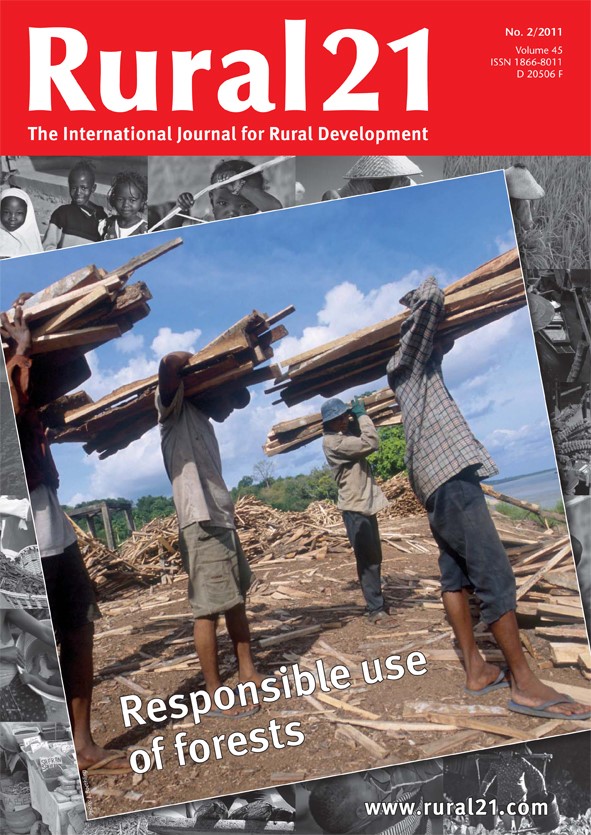Developing Zambia's agriculture: a hard road to hoe
Zambia’s small-scale farmers are even poorer today than they were 40 years ago. According to the 2010 Human Development Report, Zambia is one of just three nations whose development has fallen behind 1970 levels. And yet Zambia is one of Africa’s “lion states” with annual economic growth rates of more than 5 percent. It is not easy to explain such a contradiction, but a DIE study is drawing closer to ? nding an answer.



